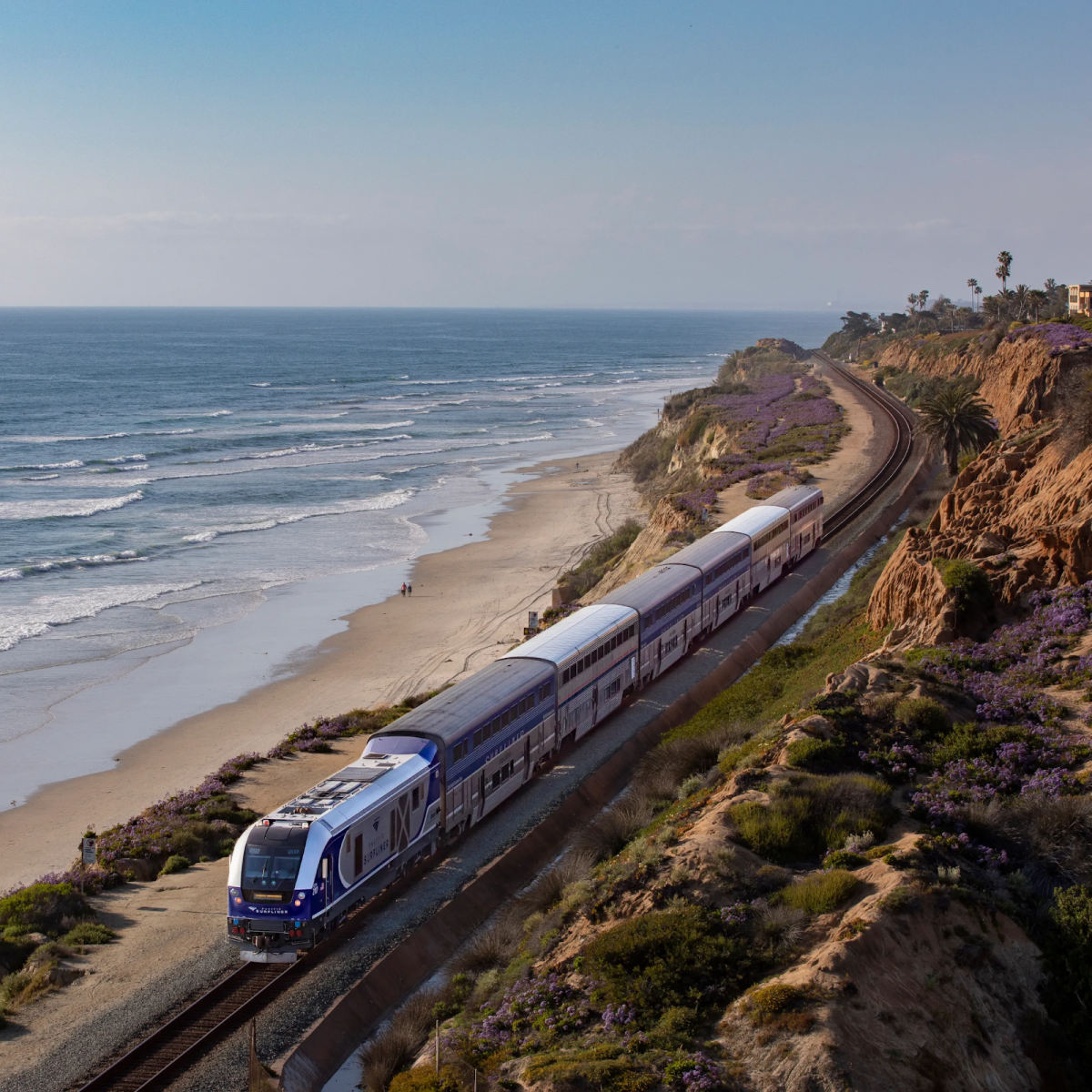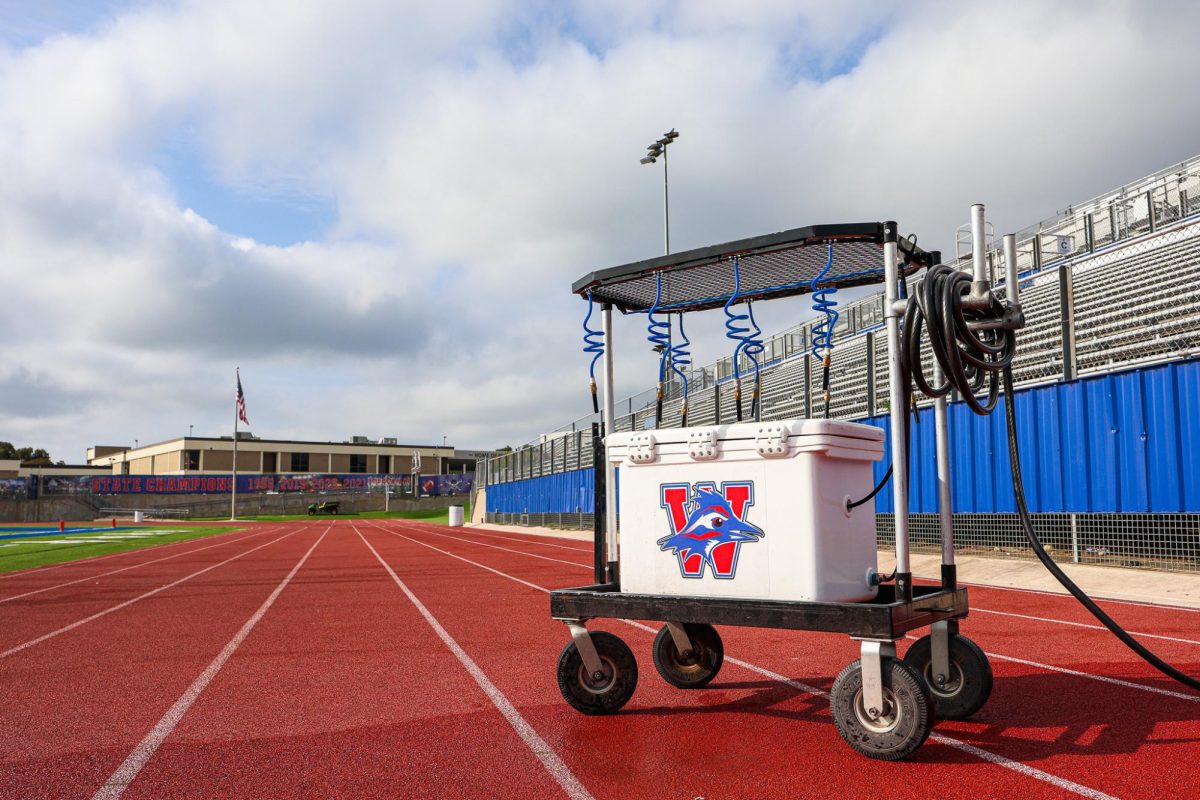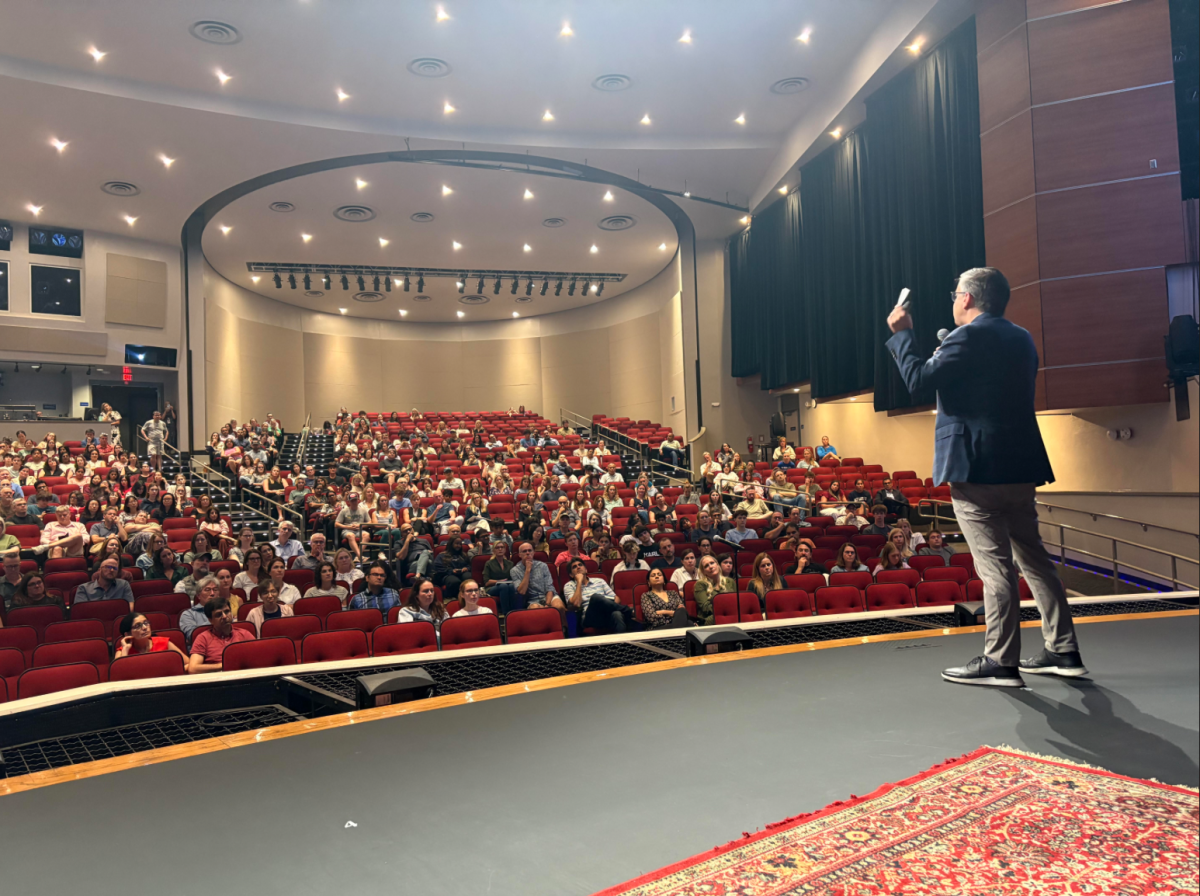Across the US there are over 21,000 miles of Amtrak routes. With lines from San Francisco to Chicago (California Zephyr) and from Miami to New York (Palmetto), Amtrak seems like a good alternative to highways and car based infrastructure, but instead the American population is left with an inefficient and mismanaged public transportation feature that is on the brink of closure. Founded in 1970 by the Rail Passenger Service Act under the Nixon administration, Amtrak was founded to take over costly private rail lines in order to give the American public a cheaper and more efficient mode of transportation. Unfortunately, that is not the case today. Amtrak is riddled with problems and issues, losing over one billion dollars a year, almost two dollars a mile. From constant maintenance issues and a slurry of route delays, the train system can’t handle what it is supposed to. On top of that only 5% of the US actually rides Amtrak and that number is constantly decreasing with a 47% decrease in ridership from 2013 to 2020, although COVID-19 did skew the numbers. While accomplishing so little, Amtrak still manages to get 4.4 billion dollars a year straight from taxpayer money. Right now Amtrak truly only services unique cases where it is a better option than other modes of transportation or train fanatics who like the charm of riding a passenger line. Low cost airline carriers like Spirit are better and more efficient alternatives to taking an Amtrak train.
The American public, the citizens Amtrak was founded for in the first place, would most likely be in support of the Amtrak company being dissolved and the funding being diverted elsewhere. But is this the final solution? To give up in the face of a highway-ruled America and give up on our public transportation dreams? There are other solutions than replacing Amtrak with highways, from High Speed Railways to Local Metro Systems to a full revamp of the current Amtrak system, there are other paths for the US to take towards a better future.
To address Amtrak’s flaws, proposed projects such as a nationwide high speed rail have been considered which would promise less transit time and result in higher passenger loads. Countries such as Japan and France have seen significant economic growth with the implementation of high speed rail and have set a precedent for many other countries to do the same. With the successful implementation of these railways, Amtrak stands a chance of seeing significant growth. In fact, Amtrak already has a suto-high speed rail system on the east coast. Although not as fast as proposed rail systems for the US or currently successful high speed rail lines overseas, the Amtrak Acela Speed Trains is a step in the right direction and shows that a High Speed Rail system in the US is entirely feasible.
On top of that, there are many High Speed rail systems currently in production or that have been proposed and are gaining traction in the US. Unfortunately, these systems don’t have great outlooks. The proposed California High-Speed rail line promoted by Gov. Gavin Newsom had a promising start but was partly stopped when Elon Musk promised tunnels under LA to reduce traffic but soon after it became evident he did this to stop the construction of the rail line in order for more people to buy Teslas. Another proposed system, the Texas high speed rail line also had a promising future but after a number of private investors pulled their monetary support the plans were abandoned. The most successful system, Florida’s Brightline Rail line, shouldn’t even be called a high-speed rail line as it takes over three hours to get from Orlando to Miami which is laughable. These problems shouldn’t deter people from supporting an Amtrak sponsored, nationwide high speed rail system. With the funding Amtrak gets and proper lobbying, a high speed rail system could become a reality.
Another alternative would be transforming Amtrak into a local metro system amongst multiple cities. By diverting funds from Amtrak into building successful local public transportation in a number of cities Amtrak would better serve a larger portion of the population and be far more useful. The implementation of local metros would allow for a more immediate impact, as people would be able to utilize them on a daily basis. This improvement would allow for less traffic congestion which would result in cascading effects on air quality, urban planning, and the overall quality of life in metropolitan areas. As noted before, countries’ carbon emissions have been reduced significantly as a result of the implementation of local metros.
Austin has its own proposed metro system, Project Connect, but without proper funding and support, it has had trouble getting off the ground. With the funding and power behind Amtrak, Austin, and other growing cities would be able to implement a successful and efficient public transportation system, a monumentally better alternative to highways.
Another alternative to getting rid of Amtrak would be revamping the system. From new management to improved routes a new and improved system could bring a new wave of riders. Revamping Amtrak would not truly be about addressing issues, instead, it would allow the company to revitalize its worth. If the government takes a better approach to combating the lack of funding for Amtrak, the American people would benefit greatly. By redirecting funds into better maintenance and route management Amtrak would be able to remove sizable overhead and run a more efficient and profitable system. By successfully pulling this off a more affordable Amtrak system could be brought to fruition and could be more accessible and reasonable for citizens.
As America becomes increasingly taken over by dooming highways and apocalyptic like car based infrastructure, it is time for something to be done. The biggest public transportation system in the US, Amtrak, has its uses but is lost in the current generation in why it’s needed. By reinventing Amtrak, whether that be a transition to a high speed rail line system or just diverting funds to local metro systems Amtrak could pave the way for public transportation for a new generation.













